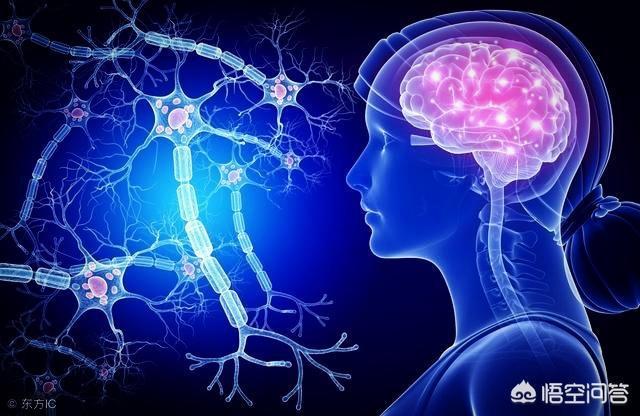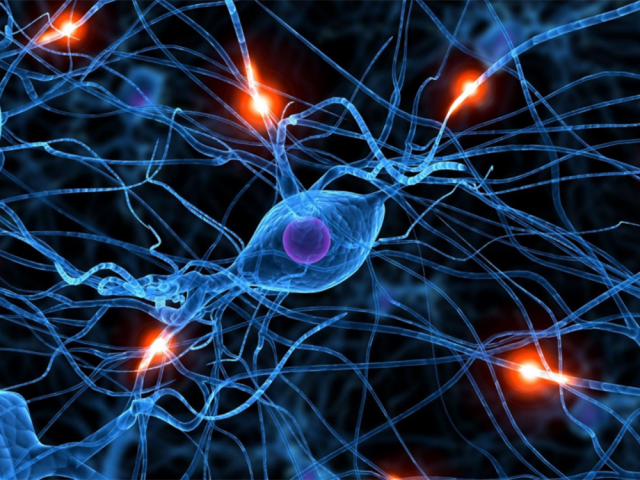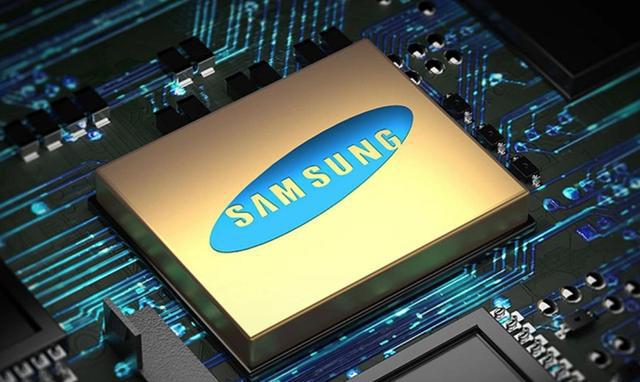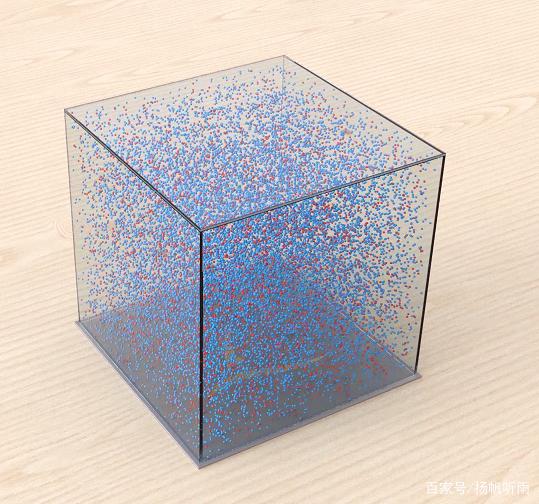Our brains are like a super-complex smart home system, with every switch and wire connected just right. You press the kitchen light and it comes on; you turn on the TV and it plays your favourite show. It all looks simple, but the system behind it is incredibly complex and subtle. Recently, scientists from many countries, like a group of highly skilled electricians, finally drew a detailed map of human brain cells, revealing the secrets behind this “smart home”.

Inside our heads lies a vast metropolis, populated by some 86 billion active nerve cells, also known as neurons. If these “citizens” decided to throw a party, it would be a world-renowned orgy of such magnitude that even the world's largest festivals would be out of reach. In this “brain city”, every neuron is a charming socialite, interacting with other neurons through tens of thousands of “social connections” - synapses that transmit various messages. They interact with other neurons through tens of thousands of “social connections” - synapses - and pass on all kinds of information. The way these messages are transmitted is just like the interactions in the circle of friends, some are as simple as a gentle click of a like, while others are as complex as a cryptic novel full of mysteries that need to be carefully deciphered. The cellular map of the human brain that scientists have meticulously drawn is an amazingly detailed “map of the city of the brain”. On this map, not only is the location of each “street” - the neuron - precisely labelled, but also the “occupants” of each “building” - the neurons - are precisely labelled, and the “occupants” of each “building” - the neurons - are precisely labelled. The location of each “street” - a neuron - is precisely labelled, and even the “occupants” of each “building” - the type of neuron - are indicated. Even more amazingly, the map also depicts in detail the network of relationships between these “residents” - the way the neurons are connected. With such a map in hand, it is as if you can grasp the mystery of the entire “brain city” and understand how each neuron plays its role in this complex and sophisticated network.

Mapping human brain cells is never easy. Not only did these scientists need to search for each tiny cell under the microscope like detectives, but they also had to write complex algorithms to analyze the data like programmers. To accomplish this feat, the scientists used cutting-edge technology, including single-cell sequencing, fluorescence imaging, machine learning, and more. It's like photographing every corner of a city with a high-resolution camera and then using a supercomputer to process that massive amount of data, ultimately piecing together a meticulously detailed panorama. Having this brain cell atlas is like having a complete manual for your super smart home system. You can more accurately find the location of each neuron, and understand their function and how they interact with each other. Scientists can use this map to delve deeper into the causes of various brain disorders, such as Alzheimer's disease, Parkinson's disease, and depression, to find out what's behind these “circuit failures” and to develop more effective treatments. In addition, this map can also help us understand how the brain works, such as how learning and memory are formed, and how emotions and thoughts are generated. It's like understanding every detail of a smart home system so you can not only use it better but also fix it and even improve it.

Although the brain cells mapped out this time are already very detailed, the scientists' road of exploration is still far from over. It's like when you open a new book, and although you've read the first few chapters, the story behind is still full of unknowns and expectations. Scientists will continue to delve deeper and explore more unknown areas and details of the brain. In the future, as technology advances and science continues to develop, our understanding of the brain will become deeper and deeper. This will not only help us understand ourselves better but will also push medicine and technology forward by leaps and bounds. Perhaps one day, we can tune our brains as precisely as we tune our smart homes so that everyone can have a healthier and happier life. The feat of mapping human brain cells is precisely an important step for scientists to unlock the mysteries of the brain for human beings with wisdom and sweat. Let's witness more scientific miracles in the future with curiosity and expectation!





